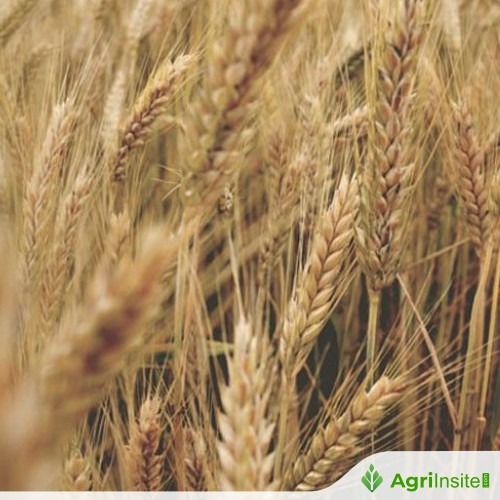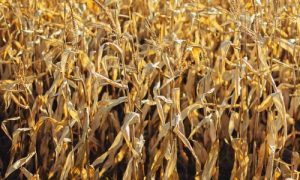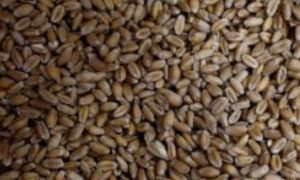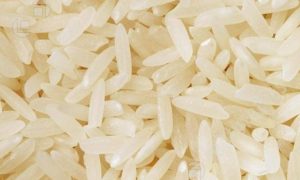Argentina’s Agricultural Boom: Weather-Driven Yields and Export Opportunities

Argentina’s wheat and soybean sectors are set for a strong 2025/26, driven by favorable weather, policy cuts, and rising global demand. Wheat planting nears 73%, with output forecast at 20.5 MT. Soybean harvest hit 52 MT, aided by a shift from corn. Export tax cuts and global supply gaps favor Argentina’s rise. Investors should watch weather risks and policy shifts.
The confluence of favorable weather patterns, strategic policy adjustments, and robust global demand has positioned Argentina’s wheat and soybean sectors for a transformative year. After years of volatility, farmers and investors now face a landscape primed for record production and export growth. Here’s why Argentina’s agricultural renaissance is worth watching—and betting on.
Argentina’s 2025/26 wheat planting season has gained momentum, with the Buenos Aires Grains Exchange (BdeC) reporting 72.7% of the projected 6.7 million hectares sown by late June, up from 60% just weeks earlier. A cold, dry July has aided harvest completion of the prior soy and corn crops, freeing fields for wheat planting. While eastern regions like Buenos Aires province lagged due to May rains, the June dry spell alleviated soil moisture issues, allowing farmers to capitalize on ideal planting conditions.
The Rosario Grains Exchange notes that soil moisture reserves now rival those of 2021, a record year for wheat yields. This bodes well for the upcoming harvest, with the BdeC projecting 20.5 million metric tons (MT) of wheat—a 15% increase from the 2023/24 season. A cold spell in early July may further improve crop health, though investors should monitor August–September rainfall forecasts, as below-normal precipitation in the western Pampas could pressure yields.
Argentina’s 2024/25 soybean harvest concluded at 98.3% completion, capping a season that defied earlier drought concerns. USDA data confirms production reached 52.0 million MT, a 7.9% increase from the prior year and 23% above the five-year average. The expanded planted area—17.3 million hectares, the largest since 2015/16—offset regional yield losses, driven by farmers shifting from corn (plagued by disease) to soybeans.
The reduced export tax on soybeans—from 33% to 26%—has also boosted competitiveness. With China’s appetite for soy oil and meal remaining strong, and U.S. corn exports constrained by high prices, Argentina’s crushers are positioned to capture global demand.
Argentina’s agricultural sector is uniquely placed to benefit from Egypt’s wheat import needs, which rose to 13 million MT in 2025/26. A robust Argentine wheat crop could ease Egypt’s reliance on Black Sea suppliers, potentially reducing global price spikes. Meanwhile, the soybean surplus supports exports of soybean meal and oil, which account for 85% of Argentina’s agricultural exports.
Investors should consider:
– Wheat futures: Chicago Mercantile Exchange (CME) wheat prices are poised to climb if Argentine output meets or exceeds projections.
– Agribusiness stocks: Firms like Cargill (NYSE: CARG) and Bunge Limited (NYSE: BG), which manage logistics and trading in South America, could see margins expand.
– Farmland ETFs: The Invesco Agriculture ETF (PBAG) offers exposure to global agribusinesses, including those with Argentine operations.
While the outlook is bullish, risks persist:
1. Weather volatility: A dry August could pressure wheat yields.
2. Geopolitical dynamics: Egypt’s procurement strategy and Black Sea supply shifts may disrupt pricing.
3. Policy changes: Argentina’s export tax reductions expire in June 2026; uncertainty looms.
Argentina’s agricultural sector is in a sweet spot: favorable weather, policy tailwinds, and global demand align to create a multi-year opportunity. For investors, this is a long-term play on commodities with inelastic demand. Prioritize wheat exposure through futures or agribusiness stocks, while monitoring crop progress and geopolitical developments. The Pampas’ bounty could be the next frontier for commodity investors.
To Read more about Wheat News continue reading Agriinsite.com
Source : Ukr Agro Consult
















